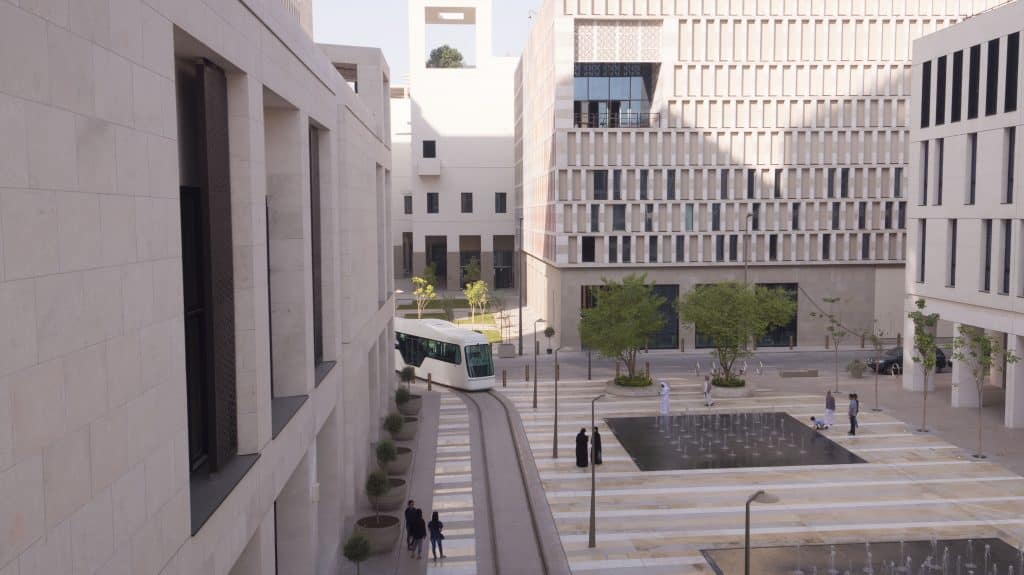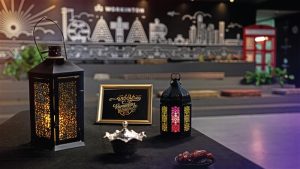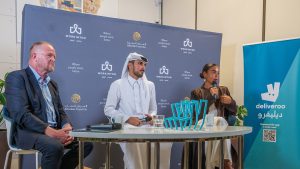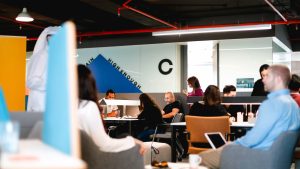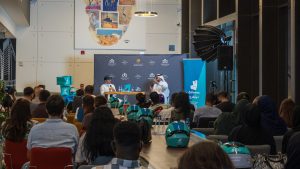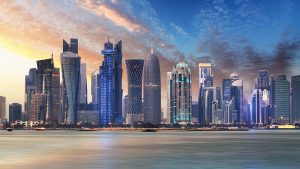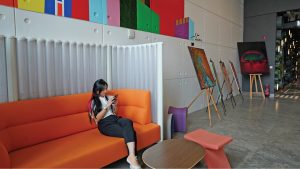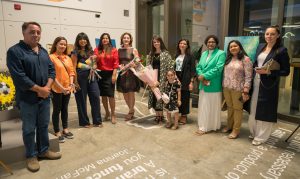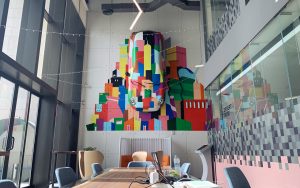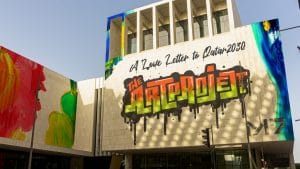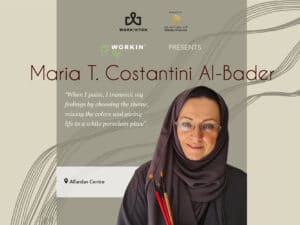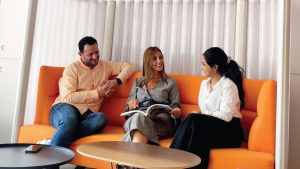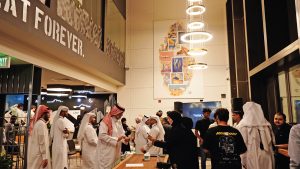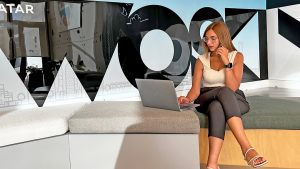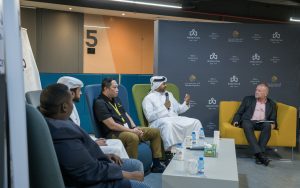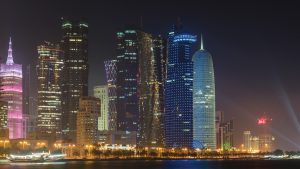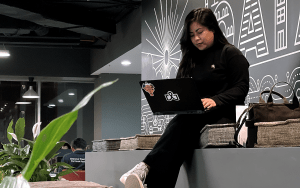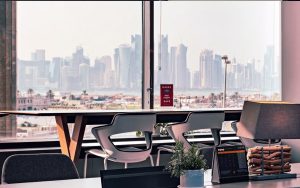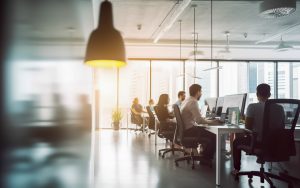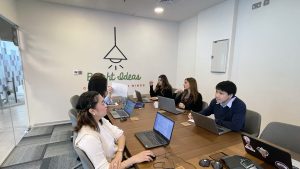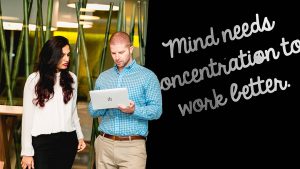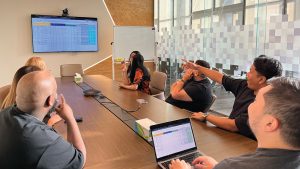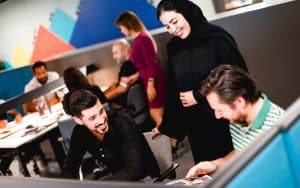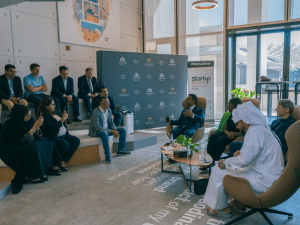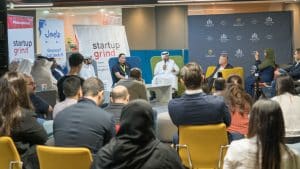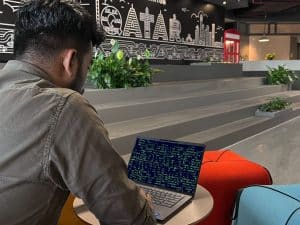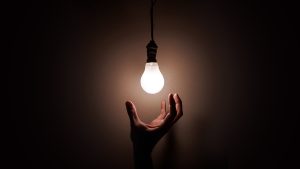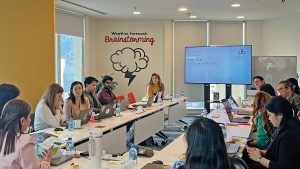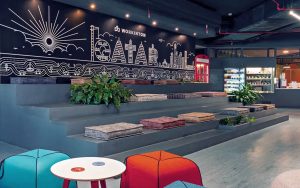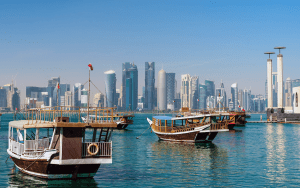Meta:Into why Msheireb Downtown Doha is considered the best example of urban regeneration in the world. The nearly complete MDD project is being put together to be liveable, sustainable, eco-friendly, and people-centred.
A ‘smart city’ is often an equivocal catchphrase that’s used to describe one of two things. The first denotes a city connected and managed through computing, sensors, data analytic, and other information and communication technology. The second designates a city that takes a knowledge-based approach to its people, environment, transport, and economy.
It’s the second definition that appears to describe what Msheireb Downtown Doha (MDD) is all about. From the start, the strategic objective of this project was to reverse the pattern of urban city development in Doha, which has historically tended towards human-energy structures, reliance on car transportation, and private land use. Situated at the heart of Doha, MDD is the flagship project of Msheireb Properties, a fully-owned subsidiary of the Qatar Foundation for Education, Science and Community Development.
The ultimate Msheireb Properties’ vision is to be the pioneering national developer of sustainable and innovative projects inspired by Qatar’s unique heritage. Today, this real estate development corporation has successfully refurbished and revitalised the old commercial district, making it the most sustainable and liveable smart city on the planet.
Sustainability and Liveability Features
The project brings together the best of Qatari’s past with modern innovativeness, thinking, and futuristic technologies to bring to the world the first smart city successful regeneration project. Designed for the people, the MDD project adheres to the highest standards in the green building. This mixed-use development project is comprised of more than 100 buildings, fitted with the most significant number of photovoltaics (PV) solar panels in Qatar, solar water panels, and beautifully designed overhangs that provide shades to the surrounding sidewalks.
The ample solar energy captured through the solar panels on rooftops will be used to generate electricity and heat water within buildings. The shades on pedestrian sidewalks and installations designed to capture the cool breeze from the Gulf ensure that the city is self-cooling, which not only encourages people to walk around the area even in stifling hot summers but also reduces costly cooling requirements.
MDD is explicitly designed to achieve a reduced carbon footprint, cost less to operate, generate less waste, and consume fewer resources. At the start of the project, an impressive 32% energy reduction goal was targeted, meaning that all buildings in the city were targeting LEED (Leadership in Energy and Environmental Design) gold certification standards, with some even targeting Platinum.
There are also some hidden features such as underground waste collection stations that will link to the planned public transportation in the city. According to the project manager at Msheireb Properties, Ali Saleh Al-Yafei, the company is taking the responsibility of building one of the best sustainable cities in the world by looking at some critical aspects regarding the environment as well as designs to lower carbon dioxide emissions.
This also necessitated the installation of air conditioning condensation into the basement tanks and systems that recover rainwater, where the water is used for flushing toilets and irrigation. Installing efficient irrigation systems into the city and planting numerous native species modified to survive in dry conditions has also ensured that the city reduces its landscape irrigation requirements as well as achieve its greenest city status.
When is the MDD Project Concluding?
Already open to the public, the regeneration project commenced in 2010, and the construction completion schedule was to be run in phases. So far, over 100 buildings have been built, with building heights ranging from 3 to 30 storeys. The whole project is relatively low-rise compared to other parts of Doha’s growing skyline. The architectural masterpiece was designed such that buildings move from north to south, coming progressively taller and each shading one before it from the sun rays.
“Let’s change the mind-set of ‘let’s build the tallest, the biggest, the fastest,’ noted Issa Al Mohannadi, the chief executive of Msheireb Properties, the project’s developer arguing that this is not the kind of mind-set to develop new smart-city projects that Qatar should be proud of. Most of the building on the northern side of the city feature, smaller open structures that allow the wind off the sea, the breeze is then expected to funnel through the narrow streets of the downtown territory, which provide respite from the heart.
The first completed building under this project was the Msheireb Museum Complex, which completed in 2015. This complex is comprised of heritage buildings such, Bin Jelmood House, Company House, Radwani House, and Mohamed Bin Jassim House. With state-of-the-art technology, these structures house some telling stories of hard work and human perseverance, as well as how the domestic family life was transformed in Doha before and after oil discovery.
Mandarin Oriental is another intimate and stylish urban retreat that is already complete. This hotel building amalgamates chic and contemporary designs with a touch of traditional Qatari heritage to bring new heights of luxury at the centre of MDD. Alwadi Hotel Doha MGallery also brings a dash of lavishness and cultural heritage into the mix. The new five-star boutique hotel offers spacious suites, rooms, spa, and gym, as well as exceptional bars and sumptuous restaurants.
Msheireb Metro Station was also completed recently as one of the most extensive metro stations in the world. Three different lines will have an interchange point through which football fans will travel as they move from one stadium to the other in World Cup 2022. Msheireb Tram, the tramway network, is also complete and fully functional.
The self-powered trams have 33 seats with on-board Wi-Fi and CCTV. The trams are also fully air-conditioned and are fitted with unique light-filtering glass panels to ensure that residents and visitors are transported in an eco-friendly way. Being convertibles, they can also be operated as open-air cars during the colder seasons.
The now 90% complete project also features other notable constructions such as the Juniverse theme park, HSBC digital branch, Monoprix smart retail solution, and Galleria Mall, among others. The QR20bn MDD project has remarkably revived the old commercial street, into one of the best, if not the best, sustainable, and liveable green cities in the world.
